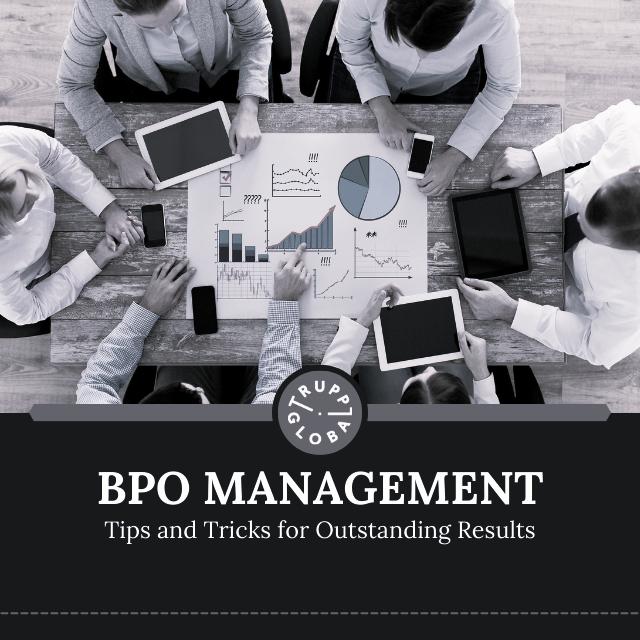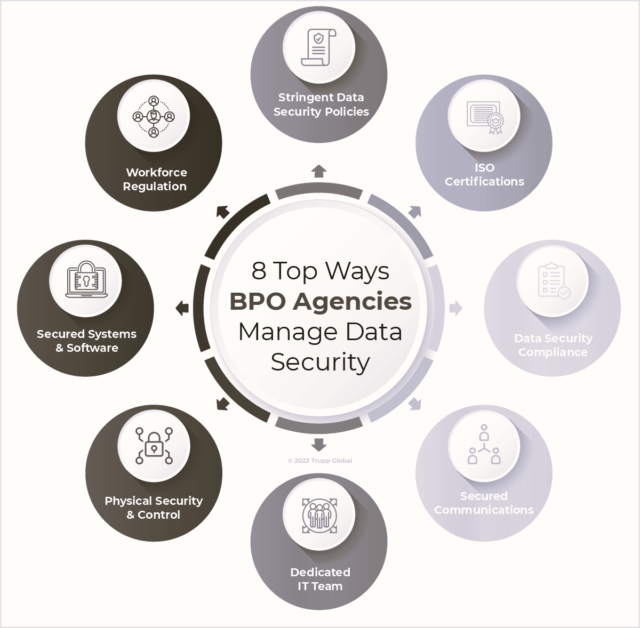The success mantra that most businesses focus on is the customer-centric approach, where they get to know their customers in a better way. The result is more relevant and detailed product offerings that lead to enhanced profitability and seamless customer experience while meeting customer expectations.
Being customer-focused, businesses gain more insight into understanding their audiences better, which helps in aligning the products and services efficiently while creating greater value. However, a lot of time and research go into learning about the customer’s expectations and mitigating the gap between your own and the customer’s goals.
What are Customer Expectations and Why Businesses Try to Exceed Them?
Customer expectations are defined as the set of behaviors, responses, offers, prices, product or service improvements, experiences, and personalization that customers anticipate or expect from a particular brand while interacting. Some of the most prominent customer expectations are personalized shopping experience, discounts, connected journeys, enriched product offerings, data protection, etc.
The main agenda of business is to meet customer expectations and demands. The happier customers you have, the more profit and customers you will experience. Brands must keep their customers satisfied and pleased with their products and service offerings continuously, which will help in gaining loyal customers. The key reasons that brands must meet customer expectations are as follows:
- Gaining a larger customer base
- Staying ahead of competitors
- Word of mouth marketing
- Reduce number of mistakes in customer support
- Improved products and services
- Offering faster customer resolution time
Types of Customer Expectations
Research says that 91% of customers are more likely to make a repeat purchase if they receive an excellent, seamless customer experience during or after purchasing from a brand. 71% of the brand’s customers confirm that their purchase decisions are based on the high-quality shopping experience from the brand. It is the reason that businesses must go the extra mile while meeting the following categories of customer expectations:
- Explicit expectations
- Implicit expectations
- Interpersonal expectations
- Digital expectations
- Dynamic performance expectations
Ways to Meet Customer Expectations
Addressing customer expectations is the most critical aspect of any business that focuses on customer acquisition and retention. Most companies face difficulties in finding what their customers want from them and how they can deliver it while offering a seamless shopping experience. Let’s discuss the effective ways that successful business practices meet customer expectations while building strong customer relationships.
Understand Your Customers
The first step in meeting the customer’s expectations is to know who your audience is. And it requires going beyond demographic information like gender, age, and location. Brands need to gain deeper insights into their interests, needs, and the factors that influence their purchasing decisions.
Ask your consumers what led them to use your products and services, and then you can use the answers to develop a strong understanding of their needs and provide them with exact solutions.
Target the Right Audience
Most of the brands launch their products with a clear idea of their customers’ expectations. However, in many cases, the initial existing customer needs assumptions are wrong or are not specific enough because customer expectations are constantly evolving.
Analyzing the customer base with their traits of repeat purchases and new customer bases will help the brands identify their exact needs and create marketing & retention efforts.
Collect Customer Feedback
To work towards the goal of meeting customer expectations, the perfect way to gauge whether your efforts are worthwhile or not is to ask for customer feedback on a regular basis. All you need to do is send customer satisfaction surveys that contain questions about the entire shopping experience.
Asking questions related to your products and services will help in developing new products as well as improving existing products and services, thus increasing customer loyalty and acquisitions.
Map Out Customer Journeys
Understanding customer touch-points and interacting with them using those customer communication channels is one of the best ways to know customer expectations. Mapping out your customer journeys is one of the best ways to visualize customer interactions and buying patterns.
Mapping customer journeys provides insight into multiple things, such as customer needs, buying behavior, expectations, feedback, and so on. It will eventually help you streamline your fragmented efforts while identifying friction points and areas for improvement.
Measure Customer Support
Customer satisfaction is a massive aspect to consider when it comes to catering to your customer’s expectations. To know how much your customers are happy with your products and services, brands must measure the rate of customer satisfaction using CSAT, NPS, CES, etc.
It will help monitor, measure, and analyze the satisfaction level in the customer journey while getting a deeper insight into monitoring, measuring, and analyzing the satisfaction level in the customer journey while getting a deeper insight into your business performance. CSAT scores will help in identifying team developing opportunities, i.e. agent performance, self-correcting behavior, individual performance, and so on.
Deliver Quality Customer Service
Nowadays, customers are not only looking for “good product quality,” but they also prefer brands that provide real-time support and seamless customer satisfaction. More than 70% of the customers expect excellent customer support from their preferred brands.
Brands can definitely create a difference in their customers’ shopping experiences if they offer seamless customer satisfaction through all customer communication channels. High-quality customer service can be provided by offering real-time customer support, using live chat services, automating the whole support process, and using an omnichannel system.
Nurture Customer Relationships
Whenever a customer chooses a brand, not only do they expect to fulfill their immediate needs with the products but also they look forward to the service offered by the brand. Nurturing customer relationships is essential for building customer journeys that will lead to repeat purchases and free word-of-mouth promotion.
There are a plethora of ways that you can implement for building customer relationships, such as offering rewards, loyalty bonuses, discounts, hosting events on social media, appreciating your customers, etc.
Boost Your Product’s USP
Every brand must focus on its products’ Unique Selling Proposition (USP) so that its target audiences focus more on its products than their competitors. Depending on the nature and scope of your customer base, your product’s USP needs to change so that it can cater to the customer’s expectations.
Your product quality must speak volumes about your brand image. If your products meet customer needs and provide them with faster and more relevant solutions, then it will attract more customers to your brand. Conducting extensive market research and collecting customer feedback will help you analyze the customers in a better way.
Deliver Proactive Customer Response
Ensuring an omnichannel experience in your customer support system will help the brand respond to customers in their preferred communication channel while fetching all previous customer interactions. By optimizing all the communication channels, businesses can enjoy the leverage of responding to their customers quicker than ever.
Using live chat services and automating the whole customer support process will lead to faster customer response times, which will eventually help close the gap between company and customer expectations.
Scope Out The Competitors
Check on your competitors first, because they also have their own customer bases. Spend some time on what your customers are doing and why they are popular, what customers like about their brand, and specifically what you are missing out on.
Doing this exercise on a regular basis will help you stay ahead of your competitors, as you will be able to deliver a better product offering to the market, thus acquiring more customers and enhancing profit. Make your competitors’ best interests yours while keeping their customers happy and satisfied.
CONCLUSION
If you are someone who is still thinking of satisfying your customers’ needs with your products and service offerings, following these effective ways may help you generate more business while fulfilling customer expectations. While outsourcing your customer support needs to a renowned Business Process Outsourcing (BPO) agency, you can actually relax and spend your time on core business activities.
We have experienced professionals who are known for handling complexities in the field of customer service and offering seamless customer service to your customer base. With a good knowledge of the market, Trupp Global works as an outsourcing partner while providing smart customer support solutions that will help your business reach new heights.
Found this useful?






